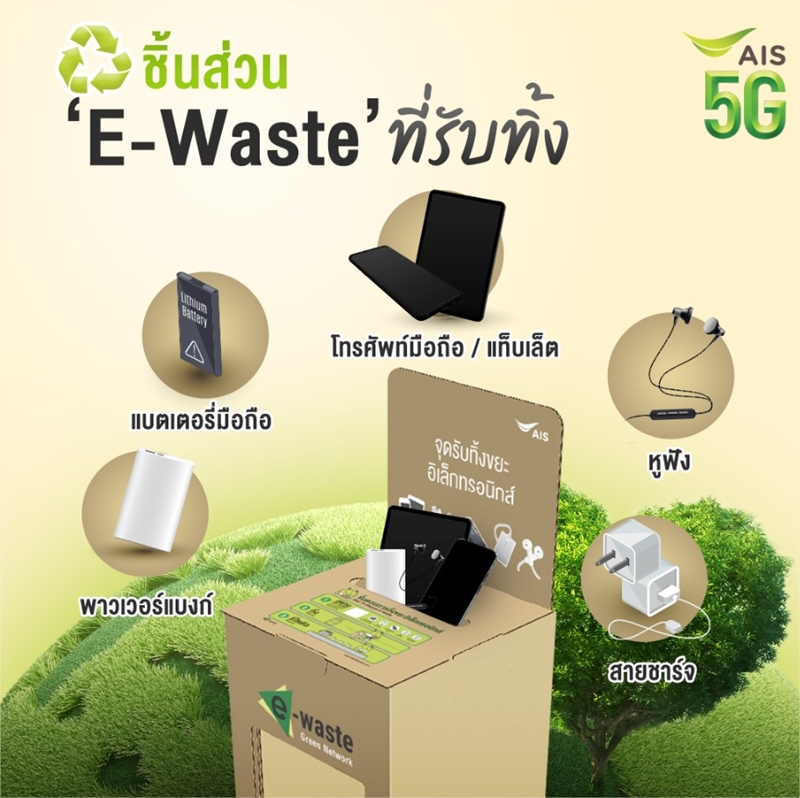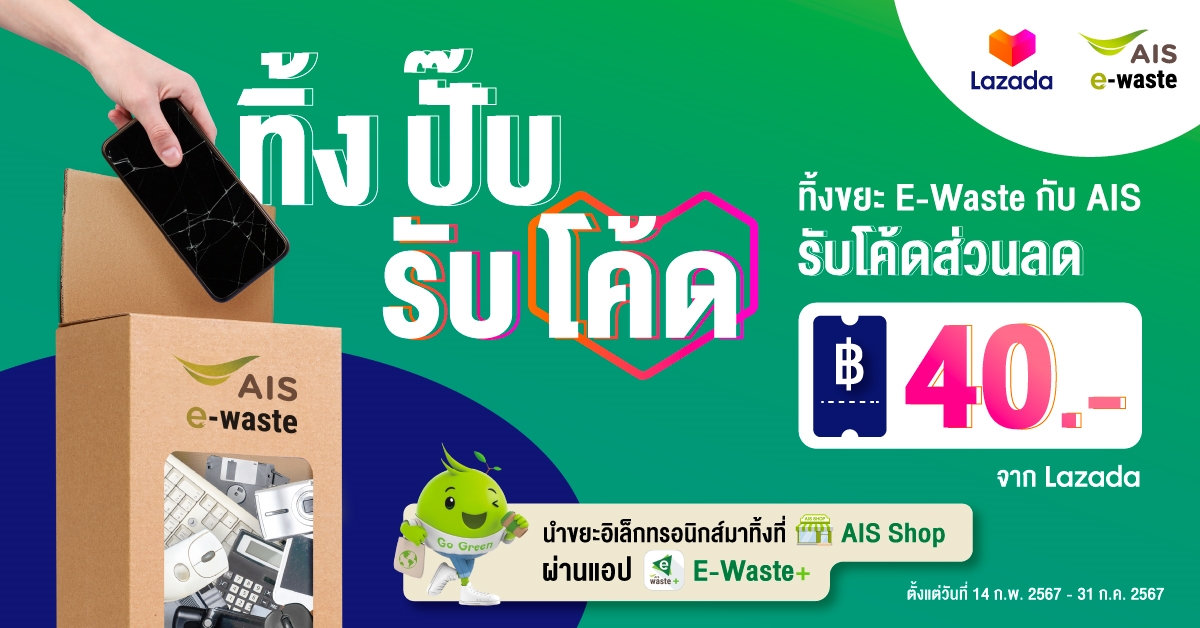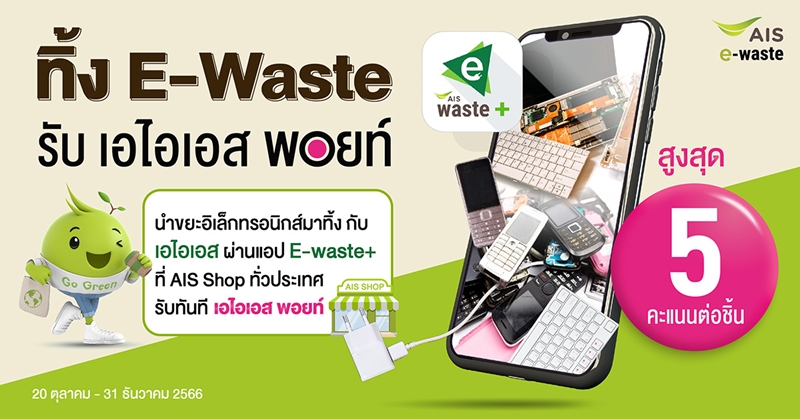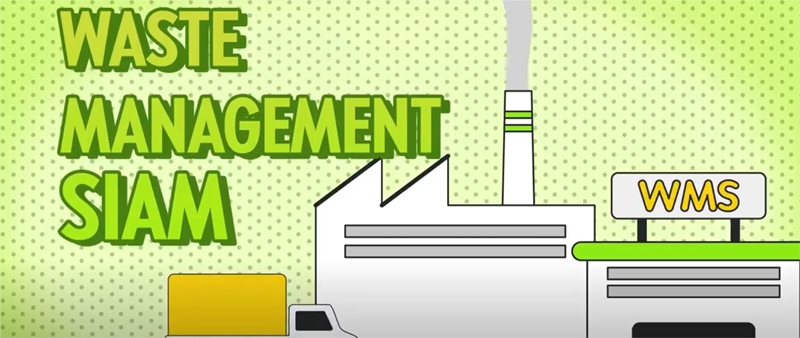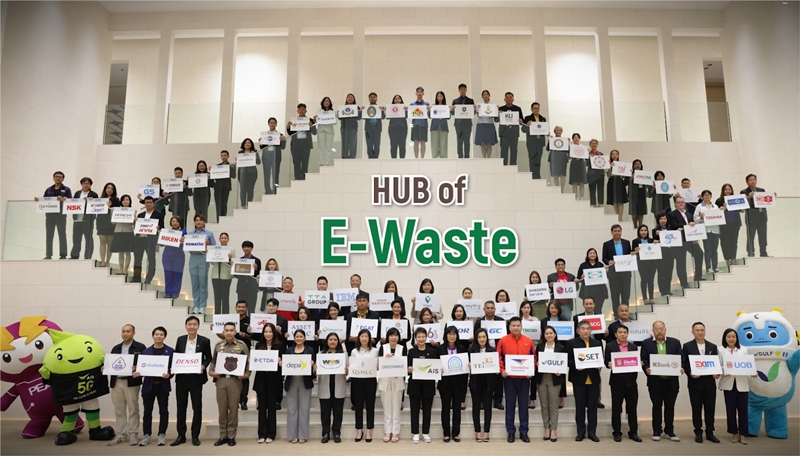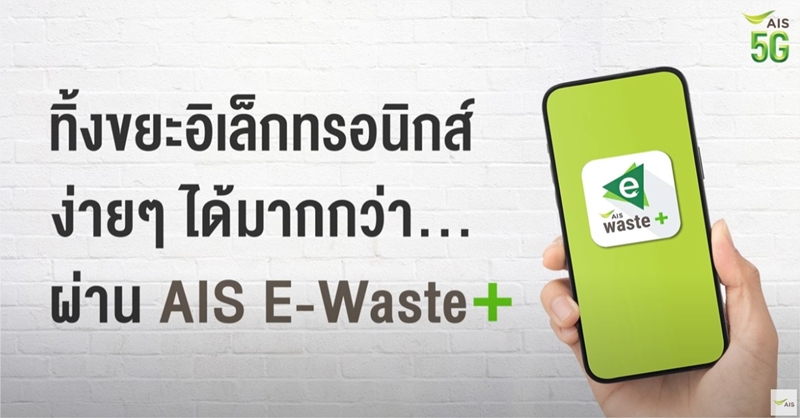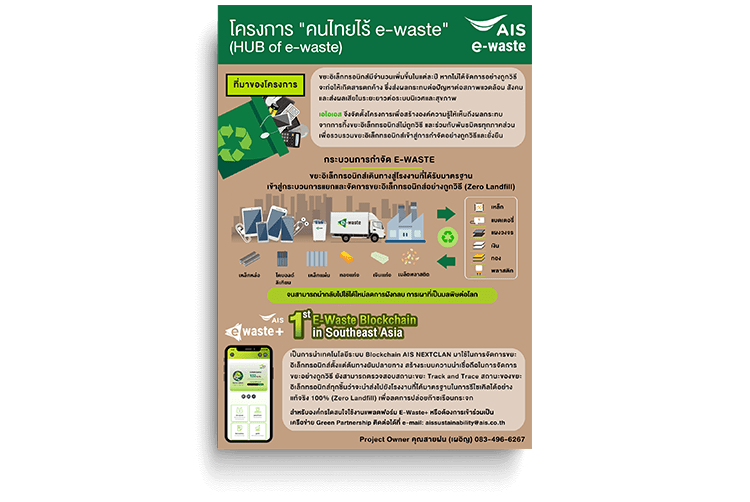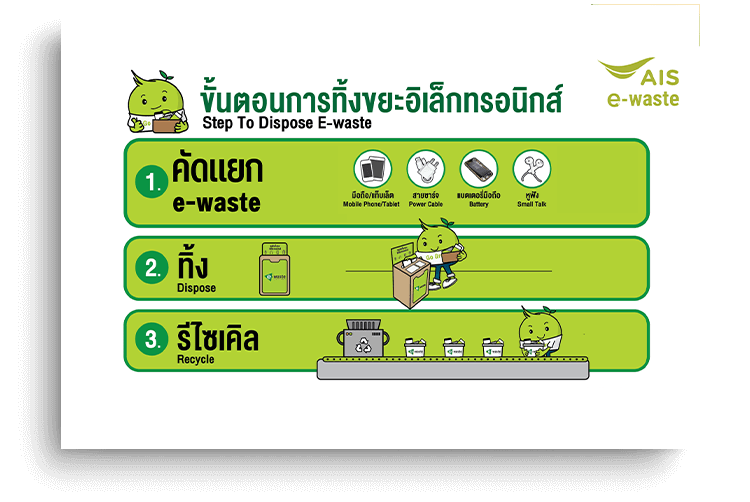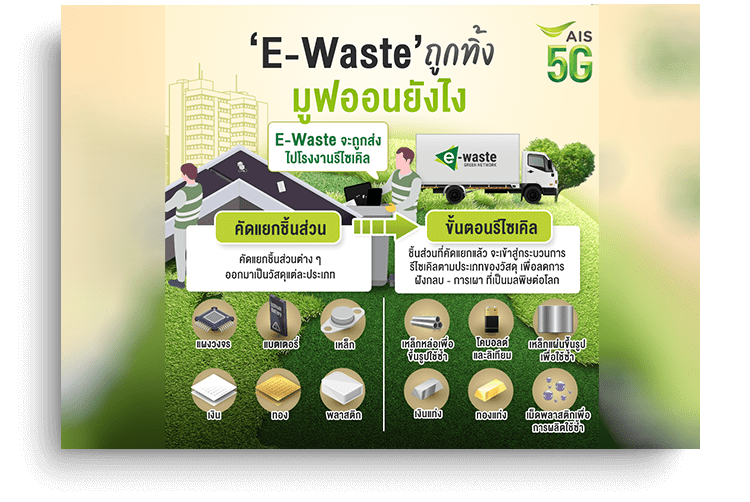“The HUB of E-Waste is a recognized center for the sustainable disposal
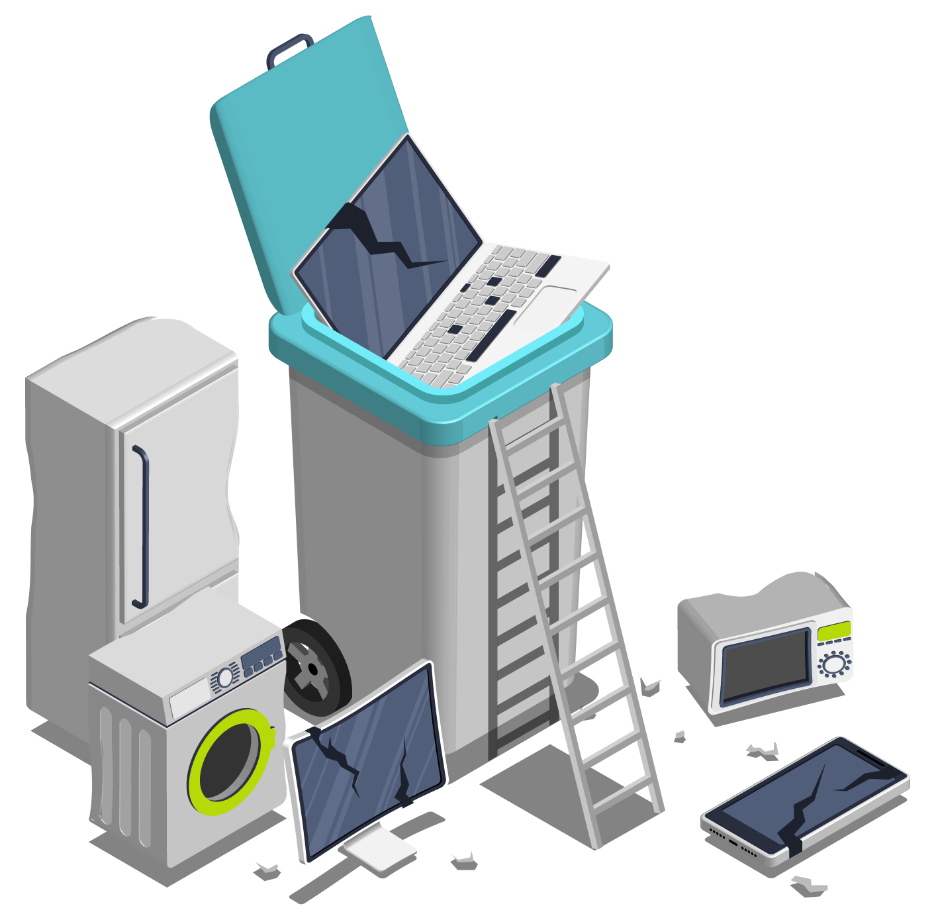
What is Electronic Waste?
It is dead electrical and electronic appliances which are no longer fit for purpose. Electronic waste does not degrade while it also contains hazardous chemicals impacting the environment such as lead, mercury and cadmium. People should consider that these pollutants get into soil and water sauces and accumulate in the food chain, so humans and animals are both directly impacted. It is highly concerning how these hazardous substances can end up in our bodies.
Global status of electronic waste

Volumes of worldwide electronic waste per year
(Data from THEROUNDUP.ORG)
Only 17.4% of electronic waste is collected and recycled correctly
Entering an electronic waste recycling plant of the Zero Landfill standard, the waste can be separated by category and recycling process, such as gold, aluminium, silver, copper and palladium, for reusing and making into new products, in the Circular Economy.
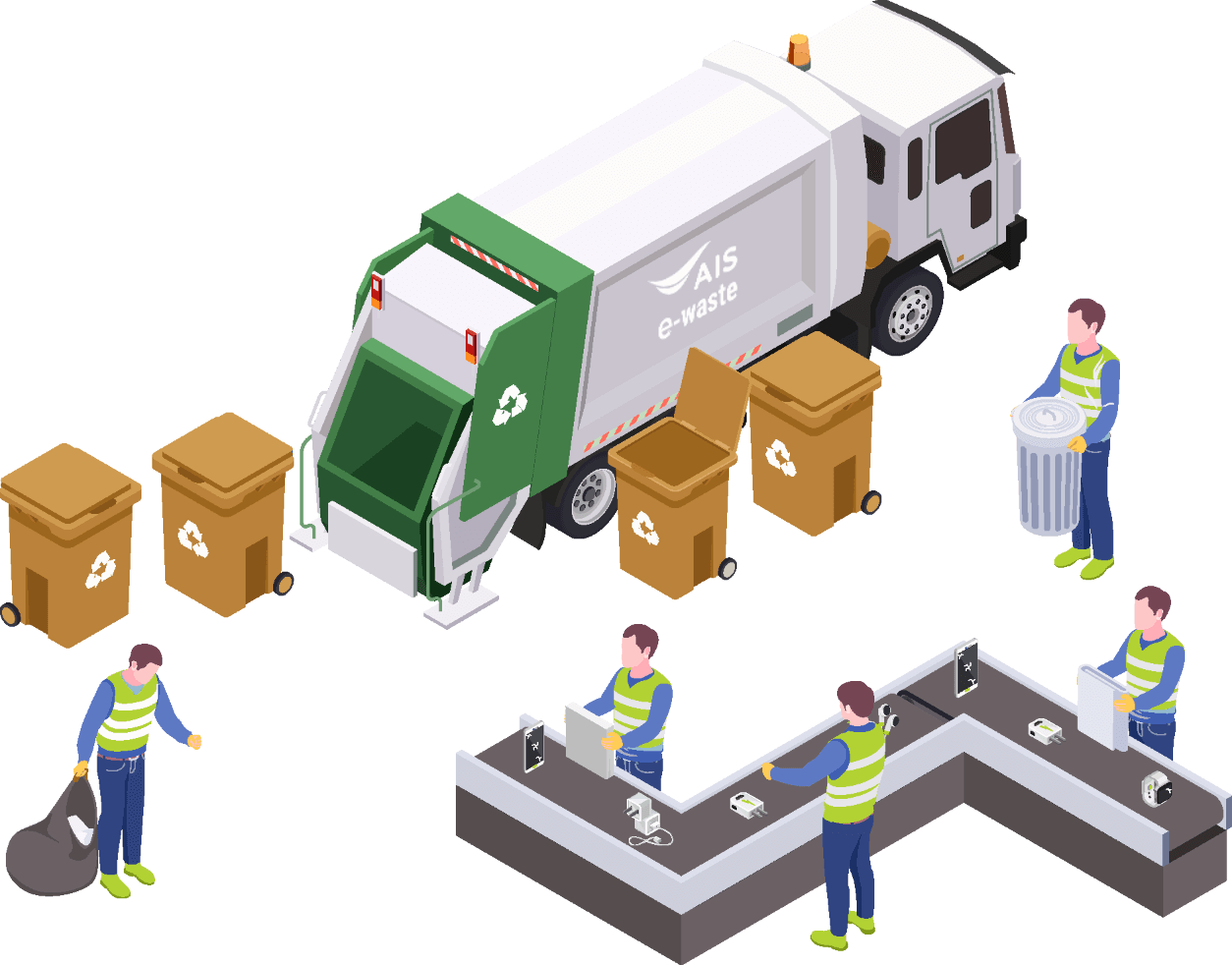
Hazards of electronic waste
Few people realise that every piece of electronic waste has some component of hazardous substances that can impact the environment and health.
Lead can destroy the nervous system, endocrine glands, kidneys and blood circulation, while mercury is dangerous to the central nervous system, the brain and spinal column. Cadmium is acutely toxic causing severe inflammation of the lungs and destroying the kidneys, to be the cause of kidney disease along with other chemicals which have other deleterious effects. All of these hazardous chemicals can leak into water sources and other natural biomes to have impacts and be hazardous to the body.

All of us together are a network
Electronic Device Recycling Process
What is the destination of your electronic waste?
Dismantle Process
Reduction Process with Zero Landfill
for future Re-use
for future Re-use
Re-manufacturing

